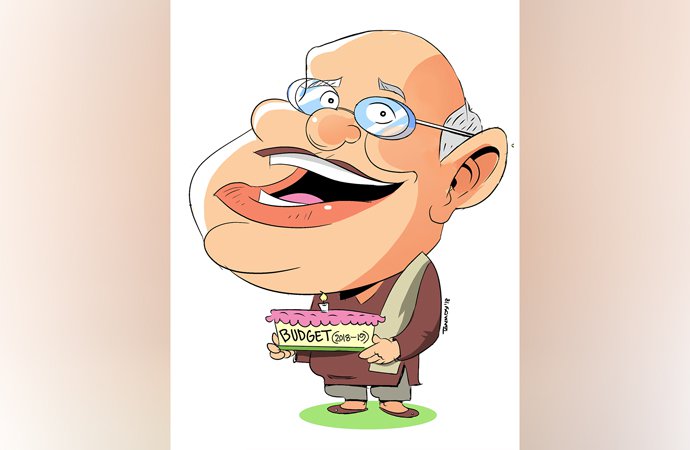Md Fazlur Rahman
Mobilising external resources should be the central element of any Padma bridge financing plan to ensure its implementation without compromising macroeconomic stability, experts said yesterday.
The issue of alternative financing sources for the $2.9 billion bridge has come to the fore following the government’s announcement that it would no longer pursue the $1.2 billion loan of the World Bank.
Considering alternative sources for funding the country’s single largest infrastructure project is nothing new, as many within the government have been airing the idea since the World Bank cancelled its funding in June last year.
Ahsan H Mansur, executive director of Policy Research Institute of Bangladesh (PRIB), said the first step should be to seek assistance from an important official bilateral source or borrowing from a consortium of official donors.
He thought fund could come from other development partners such as Malaysia and China — the two countries who showed interest in the project.
The government could borrow some money from the Bangladesh Bank’s forex reserves of over $12 billion.
“But it would not be wise to finance the whole project from the reserves only. A small portion of the fund could come from the central bank,” he told The Daily Star.
The Padma bridge, he mentioned, is an import-intensive project with about 75 percent of the total project cost going in imports of goods and services. It will require about $2.2 billion worth of imports.
Borrowing from the capital market may worsen the current market situation and outlook. This type of financing would increase the government borrowing rate as well as lead to tightening of the money market, observed Ahsan.
The scope for funding by the insurance companies is limited, although their association has shown interest in the project.
The insurers have already invested in stockmarket and government securities and there cannot be much idle resources left in that industry, said the top analyst of the PRIB.
The government, said Ahsan, could issue sovereign bond to supplement external and domestic financing.
Issuance of sovereign bond will minimise balance of payment pressures, but the repayment cost for this portion of the financing package will be much higher than the funds from bilateral and multilateral sources, he maintained.
He warned that delays in the implementation of the project might lead to cost escalation, making the project more expensive in future.
He, however, mentioned that a project like Padma bridge might not be viable if the financing comes at a high cost and offers very limited payback period.
The World Bank’s IDA loan, which is said to be one of the cheapest credits in the world, carries 0.75 percent per annum service charges, a decade-long grace period, and a repayment period of 40 years.
“The World Bank, Asian Development Bank and Japan International Cooperation Agency had formed a world-class consortium for the project — a thing any new arrangement might lack,” he noted.
“As a result, reputable and capable companies might not be interested to bid for the project. They might be doubtful about regular payment. Or they, for example, might think that if the Chinese government finances the project, the Chinese companies would get preference; so why should we be bidding?”
He thought the co-financiers would not be interested to provide loans as the WB has left.
A top official of a co-financier had already told The Daily Star that they would not be interested in financing the project if the WB does not, as the corruption allegation would still remain unresolved.
Though many within the government insist that the country is capable of building the bridge on its own, Ahsan said the Bangladesh government does not have the expertise in supervising such a large scale project.
Source: The Daily Star









